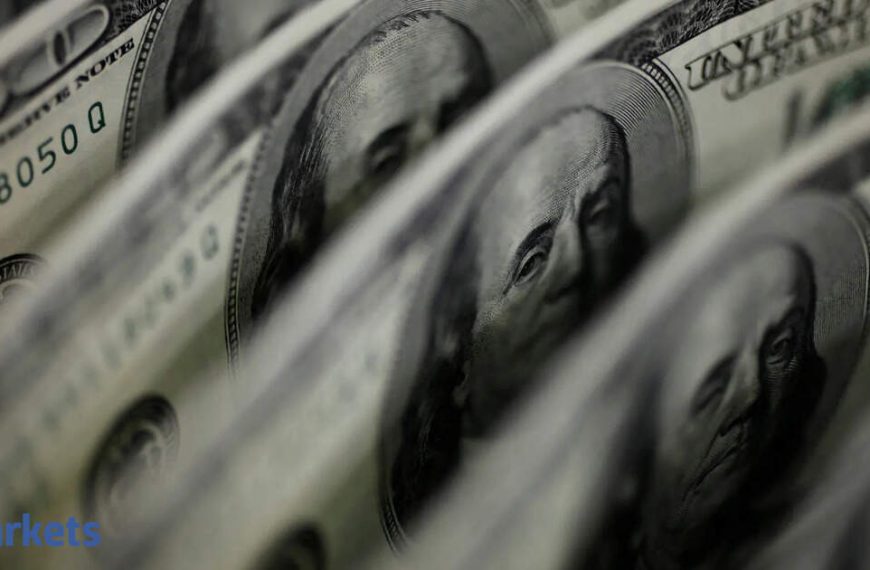On Monday, the U.S. dollar lingered near a five-month low against its key counterparts, facing pressure from President Donald Trump’s unpredictable trade strategies and a stream of disappointing economic indicators. As concerns over U.S. economic stability grow, the dollar’s performance reflects a broader trend influenced by recent shifts in international markets.
Euro Gains Ground Amid Fiscal Developments
The euro approached a five-month peak, trading at approximately $1.0881. This surge follows an agreement among German political factions to enhance defense spending and stimulate economic growth through a substantial fiscal plan. German Chancellor-in-waiting Friedrich Merz announced the deal, which is expected to secure approval from the outgoing parliament soon.
- Key Components of the Agreement:
- A €500 billion ($544 billion) fund aimed at infrastructure.
- Major revisions to state borrowing regulations.
Shifts in Global Markets
Goldman Sachs analysts, Dominic Wilson and Kamakshya Trivedi, noted two significant trends impacting macroeconomic conditions. They highlighted a downward revaluation of U.S. assets due to tariff-related instability and a rise in Germany’s fiscal momentum. They commented, "These dynamics challenge the prevailing perception of U.S. exceptionalism that has dominated market narratives."
The Japanese Yen and Chinese Yuan’s Performance
The Japanese yen continued its strength, approaching a five-month high, thanks to anticipated hawkish signals from the Bank of Japan. Although the central bank is expected to maintain its current policies during Wednesday’s meeting, discussions around potential future rate hikes are gaining traction.
Meanwhile, the Chinese yuan moved closer to its strongest position in four months as offshore trading reflected optimism ahead of a press conference detailing measures to enhance domestic consumption.
- Current Currency Metrics:
- Dollar index remains steady at 103.71, just shy of a recent low of 103.21.
- The dollar trades at 148.70 yen, not far from its lowest point of 146.545 since early October.
U.S. Economic Sentiment Deteriorates
Recent data revealed a dramatic drop in U.S. consumer sentiment, plummeting to its lowest level in nearly two and a half years. Inflation expectations have surged, fueled by fears surrounding Trump’s expansive tariff policies, which have sparked a global trade conflict. This economic backdrop has led to a 0.15% decrease in the dollar, now at 7.2266 yuan in offshore markets.
Looking Ahead
As the Bank of Japan prepares to announce its policy decision, experts suggest that wage increases in Japan could catalyze a rise in consumer spending. Meanwhile, the Chinese government has introduced a "special action plan" aimed at boosting domestic consumption, which includes initiatives to increase citizens’ income and a proposed childcare subsidy.
- The Australian dollar slightly rose to $0.6328.
- The British pound dipped to $1.2927.
- Bitcoin fell by 0.5%, trading around $82,847.
In conclusion, as the U.S. dollar grapples with uncertainty, the evolving landscape in Europe and Asia will likely influence global currency dynamics and economic policies moving forward.











